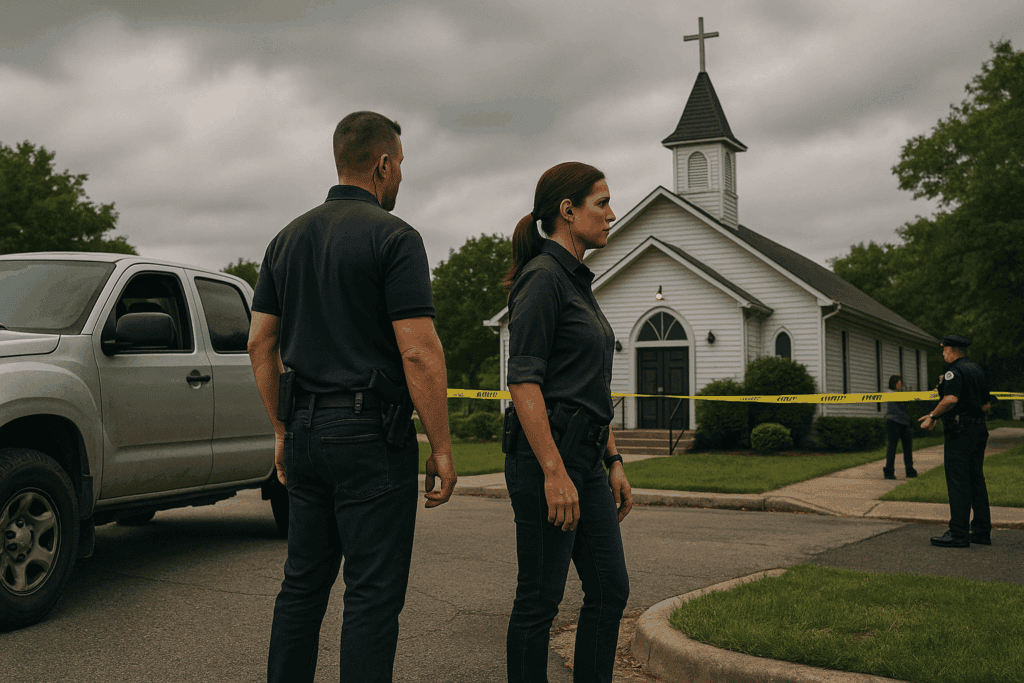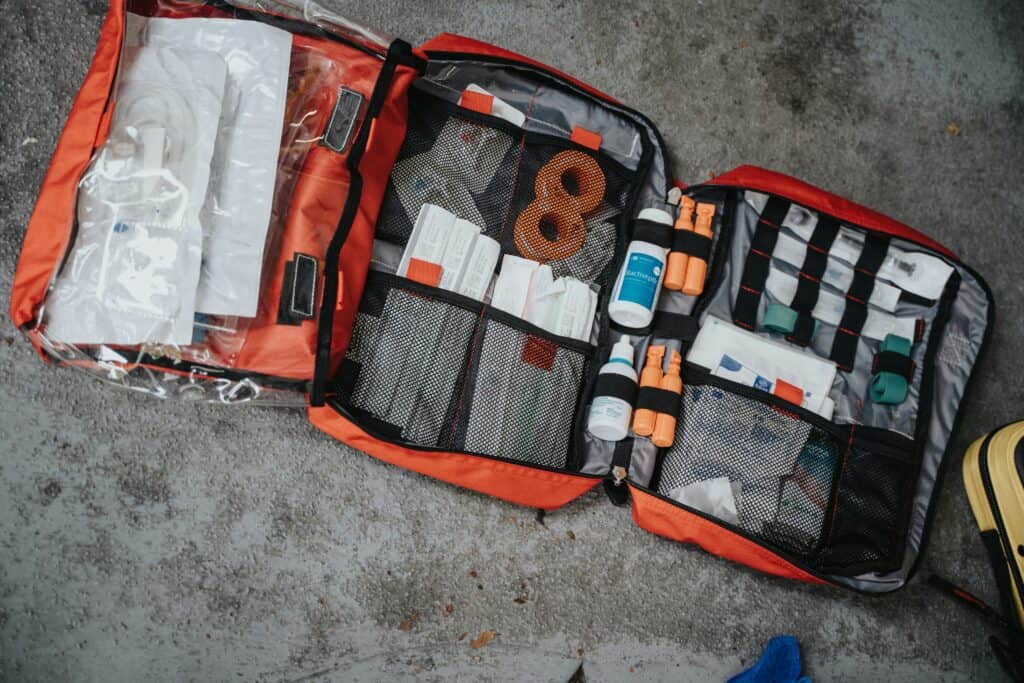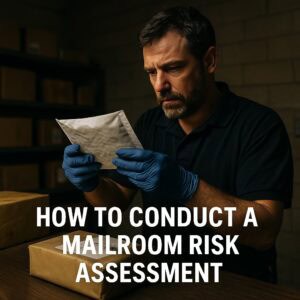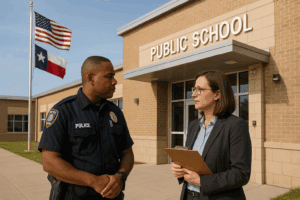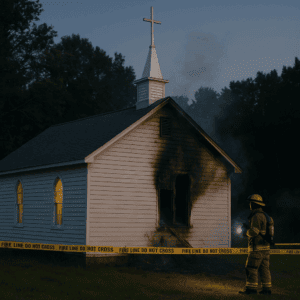In the past few weeks, two churches faced armed threats. One stopped an active shooter. The other prevented a potential mass shooting before it started.
Both situations could have ended in tragedy. But they didn’t. And not because of luck.
They ended the way they did because someone on-site was trained, aware, and ready to act.
A truck, two handguns, and a team that didn’t freeze
On June 22, a man showed up at CrossPointe Community Church in Wayne, Michigan. He was wearing a tactical vest and had a rifle. He waited outside during a worship service with about 150 people inside.
The gunman opened fire near the entrance.
A church deacon jumped into his truck and rammed the shooter. Two armed church security team members then fired, killing the attacker. One of them was shot in the process but survived.
Police said the shooter had a hit list and intended to carry out a mass attack.
The pastor said what stopped him was a trained team. They’d run drills. They’d talked through scenarios. They didn’t panic.
No shots fired, but still a threat
In Naples, Florida, a man walked into the lobby of Manantial de Vida Church in July. He told staff he was a trained killer. Then he asked how much money it would take to stop a mass shooting.
He was carrying a loaded handgun and had three full magazines in his pocket.
Staff moved children to safety and called law enforcement. Deputies arrived and arrested the man without incident.
He was taken into custody and charged under the Baker Act. His weapon had a round in the chamber.
No one was harmed. But the intent was clear.
What these churches had in common
- Both had staff or volunteers who spotted the threat early
- Both responded before law enforcement arrived
- Both had trained for moments like this
One church used force. The other used calm direction and quick thinking. Both actions saved lives.
A reminder for every church leader
Most attacks aren’t stopped by chance. They’re stopped by people who are paying attention and who’ve been given permission to act.
This doesn’t mean every church needs a full security team with firearms. But it does mean someone needs to be watching. Someone needs to know what to do when words or behavior go sideways.
Every church needs a plan. Every plan needs practice. And every team needs clarity on what they’re allowed to do when time is short.
The threat doesn’t always walk in screaming. Sometimes it talks calmly and carries a loaded weapon.
The churches that respond best aren’t the biggest or the richest. They’re the ones that decided ahead of time who’s responsible when something goes wrong.
If your church hasn’t had that conversation, now’s the time. Don’t wait for a headline with your name on it.

